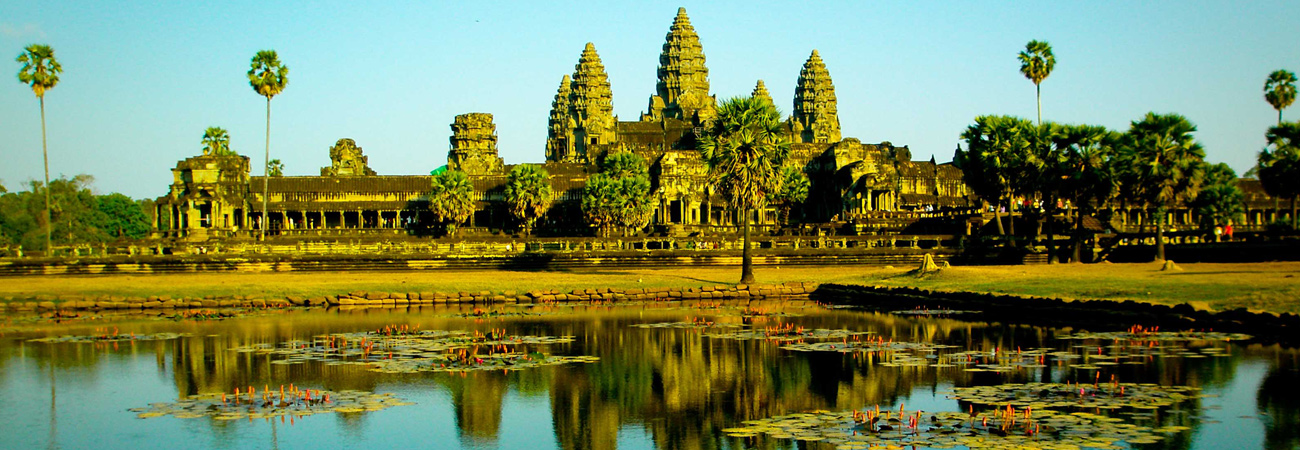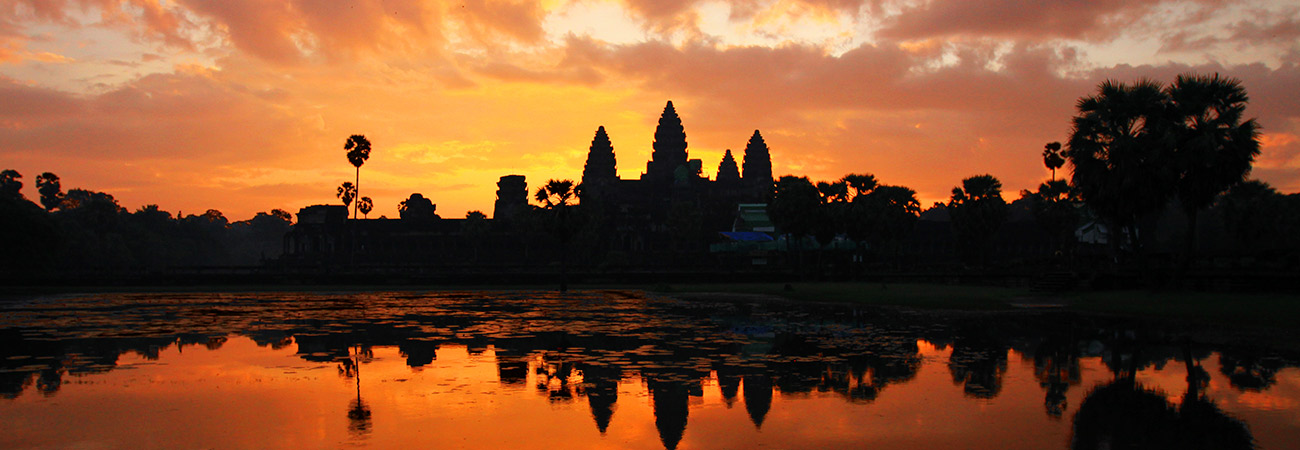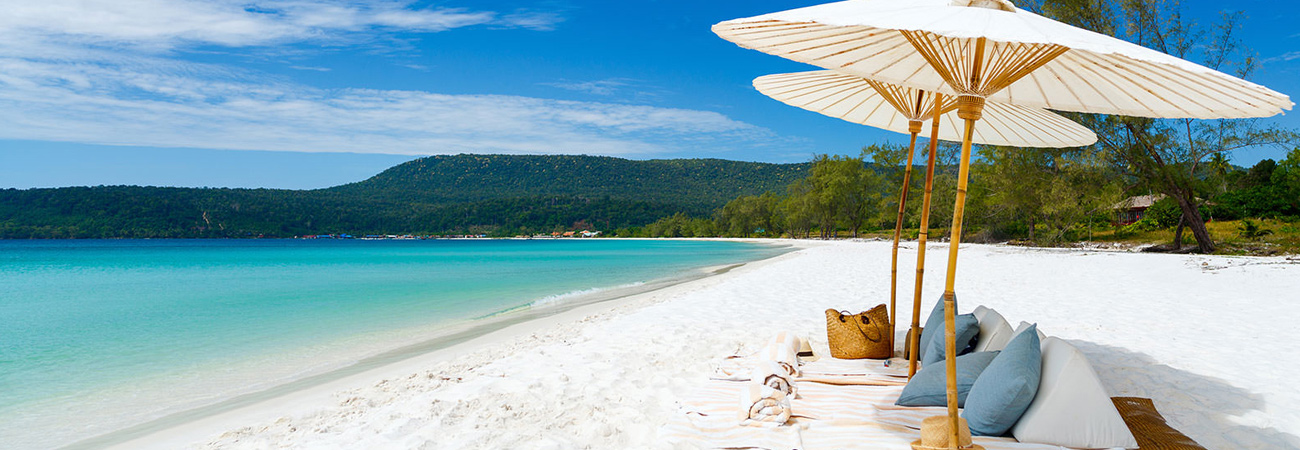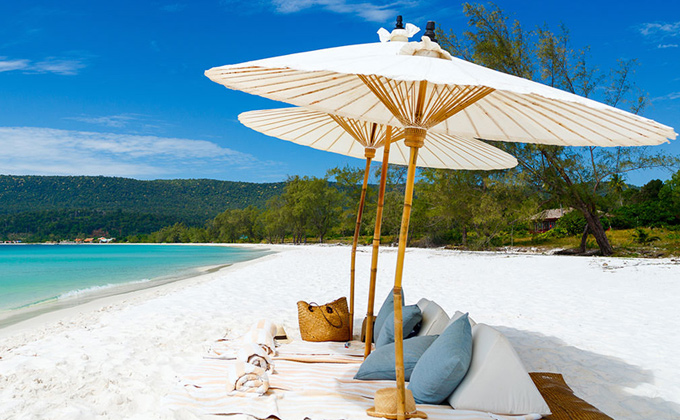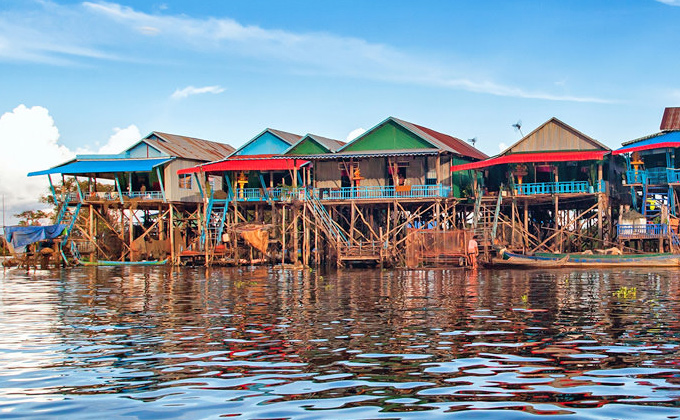Why travel with us?
WHY TRAVEL WITH US - TOURING THE RESPONSIBLE
Rules of the Road
Touring the Responsible Way
At Green Era Travel, we do all we can to mitigate the negative aspects of tourism and maximize the positive aspects on the environment as well on the local people. In an effort to reduce the carbon emissions caused by air travel, our travel routes within Indochina are planned to have as little air travel as possible. We have the utmost respect for local customs and traditions, and we provide you with all the informations you need to make your trip safe, comfortable and enjoyable. You will visit the most interesting venues, while learning about local history and the people that live there. You can have an entertaining and informative trip, and enjoy the hospitality of Southeast Asia, and at the same time give support to the local community. We urge visitors to buy locally made products and to patronize local businesses (restaurants and shops) which will create more employment. Because of the tragic past histories of several Southeast Asian countries, poverty is still prevalent, and we support NGOs dedicated to improving conditions in the community. In order to provide a small amount of assistance to such organizations, $5 from each booking contribute to the charity organization providing education to poor children, and developing local communities.
Know What To Do & What Not To Do
Most of what one should do and should not do are common sense, and are the same for visitors to any country. However, there are those customs peculiar to Southeast Asia.
The use of illegal drugs is strictly prohibited
Do not patronize prostitutes
Rude or inappropriate behavior toward local people or other members of the tour is not allowed Any member of the group exhibiting any of the behaviors described above may be ask to discussed of what should change by our ground operator.
Religion & Monks
Be respectful when entering a temple just as you would when entering any house of worship.
Religious objects such as statues of Buddha, offerings, altars, etc. may not be touched or moved.
Shoes and hats must be removed before entering a temple, with the shoes being left outside
Shirts must be worn inside temples, and ones shoulders should be covered.
One should not sit in a temple with the feet pointed toward a Buddhist statue. It is customary to sit facing the statue with the legs folded under you.
You should not touch monks or their robes.
Please do not bother monks during times of prayer. Always be respectful when taking photos of monks, especially during the morning alms procession.
If a monk agrees to pose for a picture with you, please pose respectfully (ex. do not put your arm around the monk).
Angkor Wat & Archeological Sites
Even today Angkor Wat and other temple sites are regarded as places of worship, and the following practices need to be observed:
When visiting Angkor Wat, please wear appropriate clothing as with other temples by covering your shoulders and knees.
Shoes are appropriate footwear, but flip-flops and slippers are not. Sturdy sandals and open-toed shoes with heel straps may be worn. This is not only out of respect, but also because a lot of walking and some climbing is involved in visiting many temple sites.
Do not climb on, sit on, or lean against any Buddhist statue.
Do not eat in the temples as it is not allowed.
Be respectful of others when taking photographs, and always ask before taking photos of other tourists or local people.
Behavior from Head to Toe
The head is the highest part of the body, and one should avoid touching people on the head.
The feet are the lowest part of the body, and you should not put your feet up on furniture or other objects. You should not gesture with the feet, or point at people or objects with the feet. This is especially true in Thailand, where you should not even point your feet in the direction of a picture of a member of the royal family.
Local people, especially women, will often crouch slightly when passing in front of someone. It is polite to slightly crouch or give a slight head-bob when walking in front of a person who is sitting down.
Do not step over someone who is sitting on the floor.
Public displays of affection (kissing & hugging) are frowned upon. Please wait until you get back to your hotel room.
Hello is in general said with a smile and - especially in Thailand - with a wai (join hands in front of the face). To shake hands is usually not very common. The welcome kiss (ordinary in Latin countries) is completely inappropriate.
Confrontations in Asian cultures are to be avoided. Try to remain calm, and do not raise your voice. Losing ones cool is to lose face.
Polite greetings are usually accompanied by a wai (palms together in front of ones face with a slight bow), especially in Thailand. They may shake hands as well. However, hugging and kissing the air beside the face, common in western culture, is not done.
In Asian culture it is not considered impolite to stare at someone, and it is not uncommon for local people to give non-Asians a long slack-jawed stare.
Dress for Success
In Southeast Asia people dress rather conservatively. Men usually wear long pants and long sleeved shirts, and women do not usually wear low-cut or revealing clothing.
Visitors are not necessarily expected to dress like local people, but common sense and a respect for local custom should guide you in how you dress.
There are no nude beaches in Southeast Asia, and being nude or topless in public at the beach or pool is not done.
It is customary to remove ones shoes when going into someones house. Also some guesthouses require guests to leave their shoes at the entrance. If you are ever unsure if you need to remove your shoes, ask someone, or look for other shoes left at the entrance.
Responsible Shopping & Social Interaction
As stated above, always ask local people before photographing them.
Even when photographing children, ask beforehand.
It is recommended that you not buy from children selling on the streets on the theory that this encourages them to be on the street, and they wont go to school. However, they are bringing income to their families, and they are learning about entrepreneurship. Use your own judgement regarding this. But it is advised not to give money to begging children, especially those carrying babies. There will always be an adult handler nearby waiting to take the money.
You may bring toys for children at an orphanage or school, however please do not bring battery operated toys, or toy guns or other toy weapons.
It is strongly advised to not buy any artifacts. Many archeological sites have been looted, thus robbing countries of their history and cultural heritage. It is illegal to buy and export cultural artifacts without a license. Plus, fake artifacts abound, and it is almost impossible for non-expert to tell the difference.
It is recommended that you do buy new handicrafts produced by local organizations supporting local crafts people.
It is also illegal to purchase any wildlife products from endangered species. After habitat destruction, the illegal trade in wildlife is the second largest threat to species extinction.
When shopping in local markets and small shops, bargaining is the norm. However small shopkeepers make their living in these shops, so please bargain only if you really think the price is too high.
As much as possible, try local food. You never know what you may like. Also try fresh fruit from the local market.
We all want to have a clean environment. However, local people often seem oblivious to the pollution around them. But you can set an example by not throwing your trash around. It may not always be possible to find a trash can, so keep your trash with you until you can dispose of it properly.
Plastic bags are a major cause of pollution. When shopping, put your purchases in your bag or backpack so you do not have to take plastic bags. If you do take plastic bags, try to reuse them.
To make your trip more enjoyable, as well as informative, you should try to know as much as you can about the countries you will visit. Knowing about local culture. Tradition and history, as well knowing about the places you will see, will make your trip that much more satisfying.






